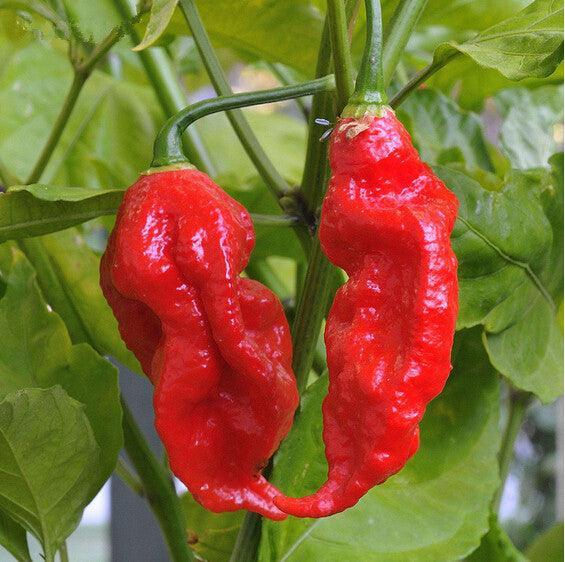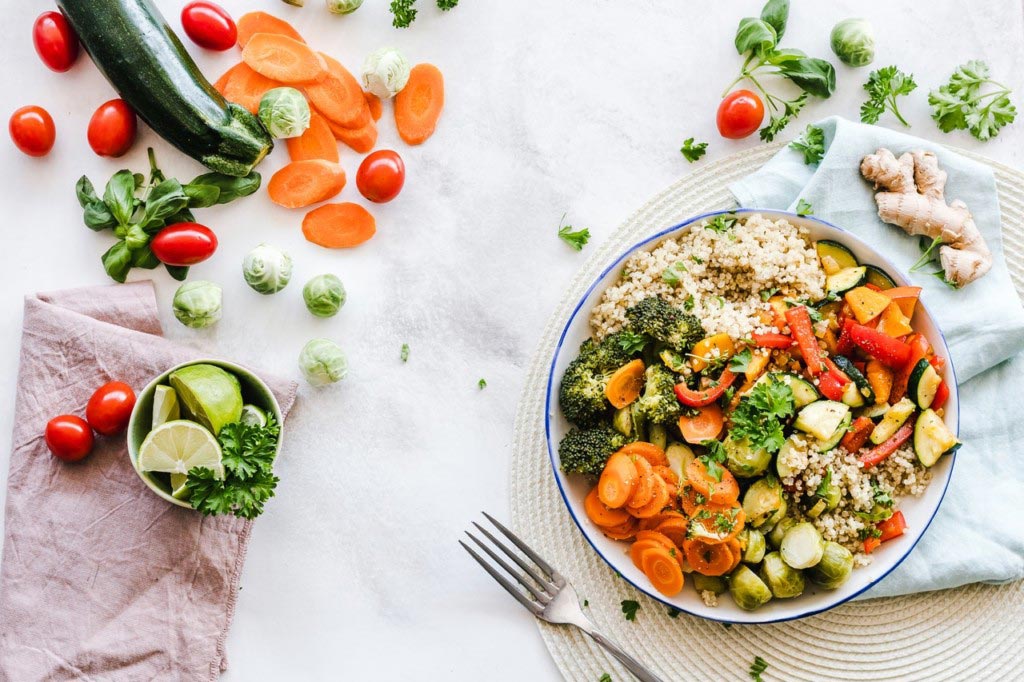Pepper Seeds 101: Understanding Germination and Growth Conditions
Growing peppers is a rewarding endeavor for both novice and seasoned gardeners. With a vast variety of peppers available, each with unique flavors and heat levels, cultivating your own peppers from pepper seeds can add freshness to your culinary creations. However, to successfully grow peppers, it’s essential to understand their germination process and the optimal growth conditions they require. In this guide, we’ll explore everything you need to know to get started with pepper seeds.
1. Choosing the Right Pepper Seeds
Before you start germinating pepper seeds, it’s crucial to select the right variety based on your preferences and climate.
- Sweet Peppers: Varieties like bell peppers and banana peppers are great for those who prefer milder flavors.
- Hot Peppers: If you enjoy heat, consider growing jalapeños, habaneros, or ghost peppers.
- Specialty Peppers: Explore exotic varieties like poblano, shishito, or Hungarian wax peppers for diverse tastes and uses.
2. Germination Process
Here’s a step-by-step guide to germinating pepper seeds:
Step 1: Prepare the Seeds
- Soak the Seeds: Some gardeners recommend soaking pepper seeds in water for 24 hours before planting.
Step 2: Choose a Planting Medium
- Seed-Starting Mix: Avoid regular garden soil, as it can be too dense and may harbor pathogens.
Step 3: Plant the Seeds
- Depth: Plant seeds about 1/4 inch deep in the soil. Gently cover them with the seed-starting mix and lightly press down.
Step 4: Provide Warmth
- Temperature: Peppers thrive in warm conditions. Keep the soil temperature between 70°F to 85°F (21°C to 29°C) for optimal germination. A seedling heat mat can help maintain the necessary warmth.
Step 5: Maintain Moisture
- Watering: Use a spray bottle or a fine mist to keep the soil consistently moist but not soggy. Overwatering can lead to damping-off disease, a common issue that affects seedlings.
3. Transplanting Seedlings
After your pepper seedlings have developed their first set of true leaves, it’s time to transplant them into larger containers or directly into the garden. Here’s how:
- Choose the Right Time: Transplant seedlings after the danger of frost has passed, as peppers are sensitive to cold.
- Acclimate the Seedlings: Gradually acclimate your seedlings to outdoor conditions over a week or two. Start by placing them outside for a few hours each day and gradually increasing the time spent outdoors.
4. Optimal Growth Conditions
To ensure healthy growth and a bountiful harvest, consider the following conditions:
Light
Peppers require full sun for at least 6-8 hours daily. If growing indoors, ensure they receive adequate light from grow lights.
Soil
Peppers prefer well-draining, fertile soil with a pH level between 6.0 and 6.8. Consider adding compost or organic matter to improve soil quality.
Water
Water peppers consistently, aiming for about 1-2 inches of water per week. It’s better to water deeply and less frequently to encourage deep root growth.
Conclusion
Growing peppers from pepper seeds can be a rewarding experience that enhances your garden and your culinary creations. By understanding the germination process and optimal growth conditions, you can cultivate healthy plants that produce a bountiful harvest. Whether you’re looking to enjoy sweet bell peppers in salads or spice up your dishes with hot varieties, following these tips will help ensure your pepper-growing success. With a little care and attention, you’ll soon be enjoying the fruits of your labor and savoring the unique flavors that homegrown peppers bring to your kitchen. For those looking to expand their gardening efforts, consider exploring options to buy grass seed online to create a beautiful outdoor space that complements your pepper plants.














Post Comment